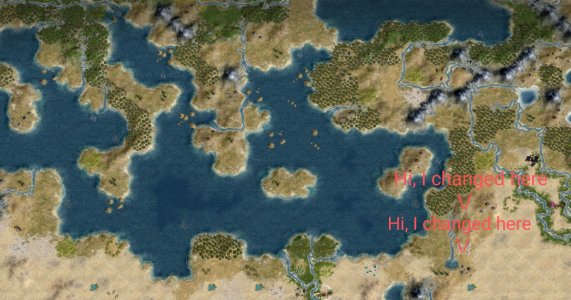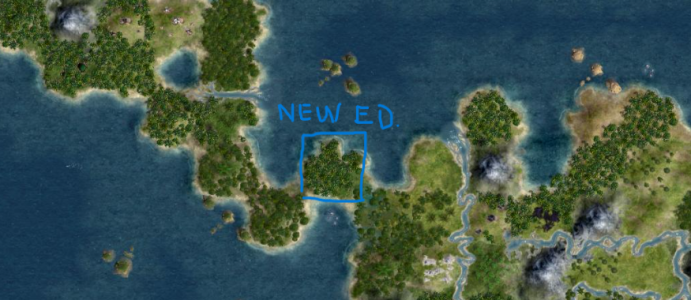Few suggestions from the top of my head:
BM18 Köln -> add Keulen (Dutch)
BU21 Wien -> add Vienne (French), Viena (Spanish/Portuguese), Wieden (Polish), Vena (Russian), Viyana (Turkish), Wenen (Dutch), Viden (Ukrainian/South Russian)
CB12 Narva -> Rugodiv when owned by medieval Russians, Narva from Renaissance on
CG13 Tver -> Kalinin when communist. Tiberias in Latin.
CD14 Vitebsk -> add Witebsk (Polish/German)
CD18 Kyiv -> add Kijow (Polish), Kiew (German)
CH14 Moskva -> add Moskwa (Polish), Moscua (Latin), Mosca (Italian), Moscow (English), Moscou (French) Moskou (Dutch), Moskau (German), Moskova (Turkish)
CL23 Ordzhonikidze (is named after a Bolshevik leader), should be Dzhaudzhikau if founded/owned by non-Russians, as it is the Ossetian name, Vladikavkaz if owned by non-communist Russians.
BM18 Köln -> add Keulen (Dutch)
BU21 Wien -> add Vienne (French), Viena (Spanish/Portuguese), Wieden (Polish), Vena (Russian), Viyana (Turkish), Wenen (Dutch), Viden (Ukrainian/South Russian)
CB12 Narva -> Rugodiv when owned by medieval Russians, Narva from Renaissance on
CG13 Tver -> Kalinin when communist. Tiberias in Latin.
CD14 Vitebsk -> add Witebsk (Polish/German)
CD18 Kyiv -> add Kijow (Polish), Kiew (German)
CH14 Moskva -> add Moskwa (Polish), Moscua (Latin), Mosca (Italian), Moscow (English), Moscou (French) Moskou (Dutch), Moskau (German), Moskova (Turkish)
CL23 Ordzhonikidze (is named after a Bolshevik leader), should be Dzhaudzhikau if founded/owned by non-Russians, as it is the Ossetian name, Vladikavkaz if owned by non-communist Russians.




